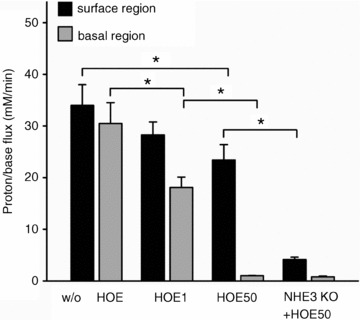Figure 4. Differential involvement of the NHE isoforms in pHi recovery from an acid load in the apical and basal portion of WT colonic crypts.

Proton efflux rates after ammonium prepulse-induced acidification in the surface and the basal portions of WT colonic crypts with no added inhibitor (w/o HOE; left two bars), with an NHE1-selective concentration of HOE642 (1 μm), and with 50 μm HOE642, which inhibits NHE1 and NHE2 but not NHE3 (Bachmann et al. 2004). In the absence of CO2/HCO3−, pHi recovery is completely inhibited by 50 μm HOE642 in the basal part of the crypts, demonstrating that NHE1 and NHE2 are responsible for NHE-mediated proton extrusion. In the cryptal mouth region near the surface, the major part of proton extrusion was not HOE sensitive. When the identical experiments were performed in NHE3-deficient colonic crypts, proton extrusion rates in the presence of 50 μm HOE642 were very low in the surface and basal regions. This suggests that the major acid extruder in the surface region is NHE3, but a residual ∼15% of Na+-dependent proton extrusion is performed by unidentified transporters. *P < 0.05, n= 6.
